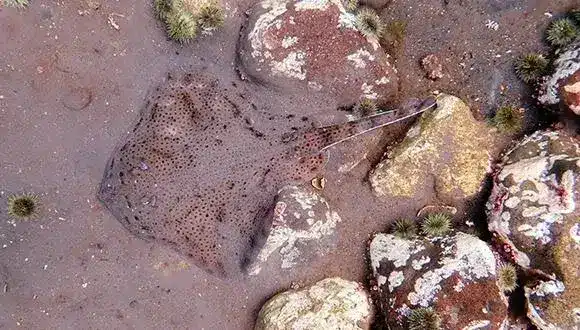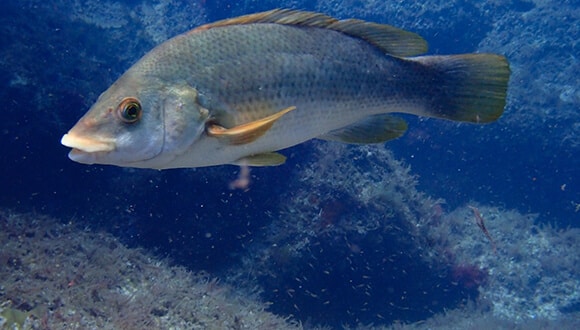Fish that change their distribution towards the poles due to climate change are declining in abundance

A comprehensive international study led by a team of researchers from Tel Aviv University presents a worrying picture regarding the future of many fish species. According to the study, following global warming and the rise in temperatures on Earth, many species of fish are moving rapidly towards the poles, with the aim of maintaining the temperature range that allows their existence, but the rate of migration varies greatly between species, and those that move faster towards the poles - diminish faster in numbers. According to the alarming findings, on average, during a migration of 17 km towards the poles, about half of the population may disappear.
moving fish
The international research was conducted under the leadership of doctoral student Shahar Chaikin and Prof. Yonatan Belmakar from the School of Zoology at the George S. Wise Faculty of Life Sciences, and the Steinhardt Museum of Nature at Tel Aviv University. The study was published in the prestigious journal Nature Ecology & Evolution.
The new study for the first time connected two global databases: a meta-study conducted on the question of change in the frequency of fish populations over time, and a meta-study conducted on the question of the rate of migration of fish species towards the poles. In total, after connecting the databases, 2,572 fish populations from 146 species were examined, most of them from the Atlantic and Pacific oceans in the Northern Hemisphere.
"We know that animals move from their places due to climate changes, north, south, up, down, depending on their position in relation to the cooler areas. In the mountains they go up, in the sea they sink down, in the southern hemisphere they migrate south towards Antarctica and in the northern hemisphere they migrate north towards the North Pole. But in the current study we were interested in the question of what happens to those species that migrate. We didn't know if the one who migrates benefits because he survives or is injured in the transition, and in the first place moves because he is more sensitive. Unfortunately, we found that the more fish migrate towards the poles - the more their frequency decreases and they apparently have difficulty adapting to the new place", explains Prof. Belmakar.

Relocation is dangerous
"As part of the research, we combined two large databases: one examined the speed of changes in distribution among fish, and the other examined frequency changes of local fish populations over decades. We found that species that respond faster to change are actually in greater danger," explains Shahar Chaikin. "In addition", he says, "each population of a species, for example the lightning, has a certain spatial distribution. Some populations are closer to the polar side and some closer to the equatorial side of the species' distribution. It was possible to assume that the populations closer to the cold polar margins of the distribution area would be less affected by climate change, but we found that the opposite is true: rapid distribution changes toward the poles among populations from higher latitudes resulted in a faster decrease in the species' prevalence compared to equatorial populations of the same species."
According to the researchers, the new findings can and should guide the decision makers regarding the better management of those species and populations, by re-examining their conservation status in the light of climate change. Polar populations of species that move rapidly towards the poles need close monitoring and examination of options to minimize pressures that threaten their survival, for example fishing restrictions.
"We've gotten used to thinking that if a species migrates, it's a sign that it's not in danger. This is not true. It turns out that it is to these species that special attention should be paid. Last year, another study of ours was published that examined local fish species here on the coasts of the country and brought up similar findings: species that go deeper in the sea due to warming, are characterized by a decreasing population frequency. In the next step, we intend to test this causal relationship also in other species, which are not fish", Prof. Belmakar concludes.
More of the topic in Hayadan:
- What would the animal world look like without man?
- The biomimetic fish reservoir
- Are we in the middle of the sixth extinction?
- Sea bass populations in the oceans have shrunk by half in the last 45 years * The tuna, mackerel and pallid are in danger of extinction due to overfishing
- Coral reefs are in danger of extinction due to global warming
